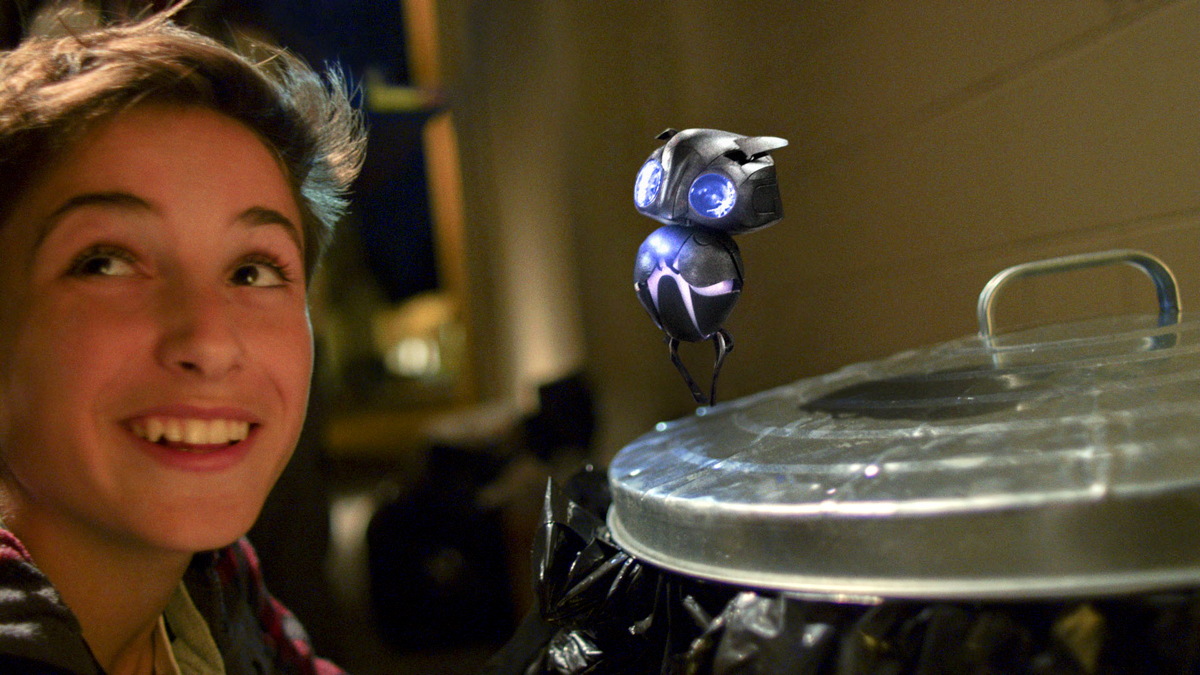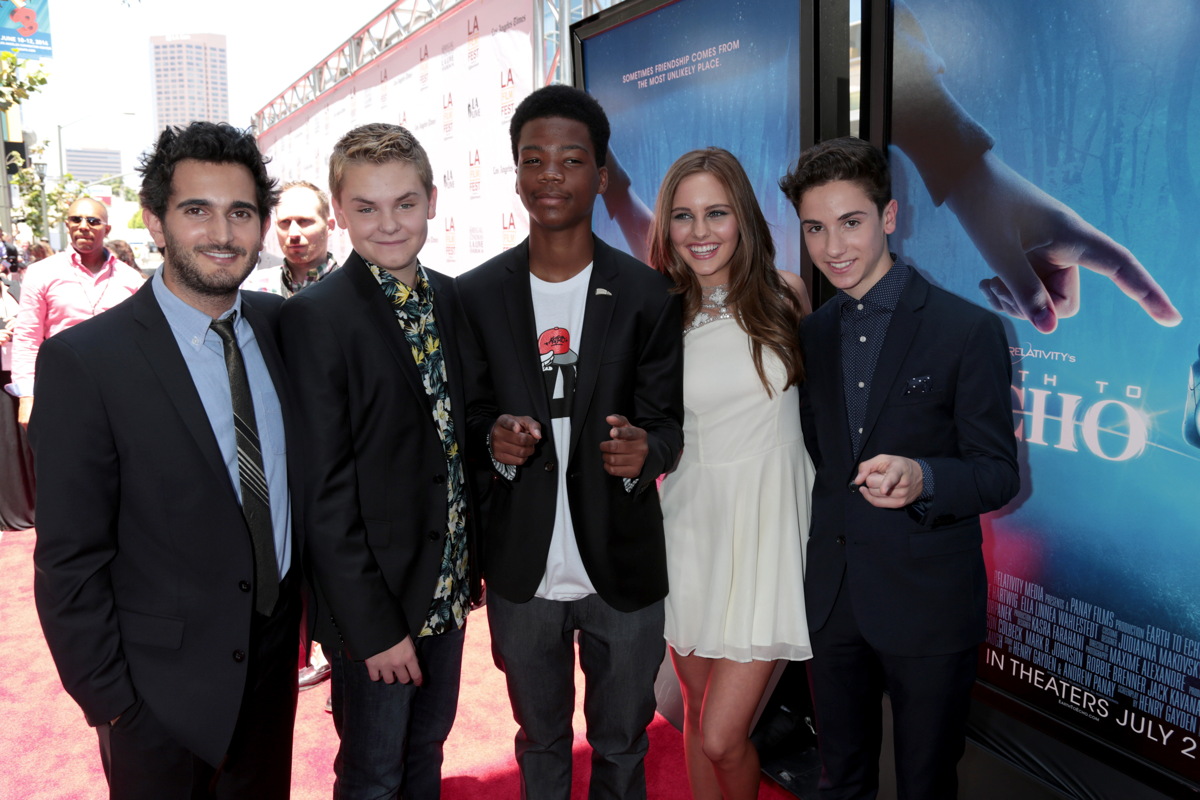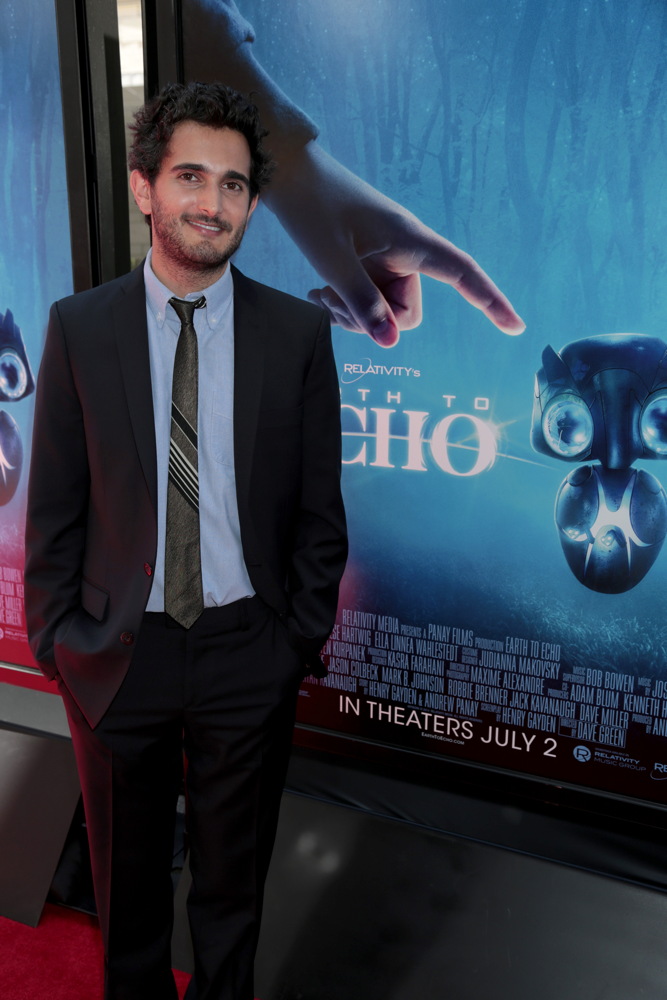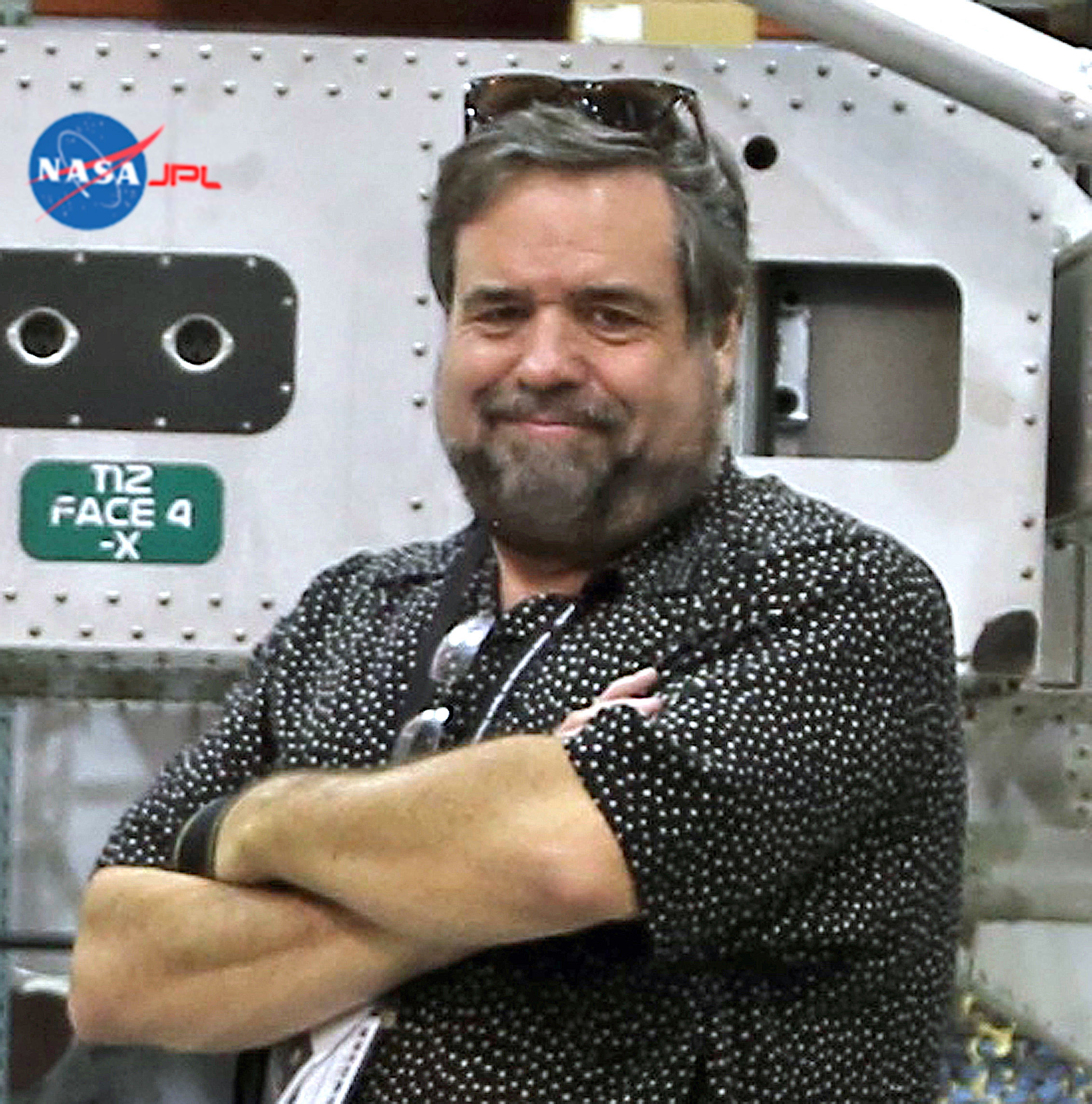
The new film "Earth to Echo" — which follows a group of kids on a fictional journey to help save a small alien robot — might have a bit of extraterrestrial truth at its core, one alien-hunting astronomer says.
As it turns out, writer Henry Gayden's ("Zombie Roadkill," the upcoming "Children of the Lamp") depiction of a small, owl-like alien robot might be a more likely candidate for first contact than most people would expect, said Seth Shostak, a senior astronomer at the SETI Institute in Mountain View, California. Given the dynamics of interstellar travel, robots make sense, he said.
"Just about the time that you develop enough science or tech to fly to other planets and other stars… you begin to develop faster computers," Shostak told Space.com. "If you believe the people working on artificial intelligence — they think we will have thinking machines by midcentury. That is just decades away." [8 Science Fiction Movies to Watch in 2014]
Artificial interstellar intelligence

Cybernetic brains seem to be the way to go when traversing the huge distances between stars, Shostak added.
"Machines have a lot of advantages over soft, squishy protoplasmic intelligence," Shostak said. "They can evolve much more quickly. Machines are not stuck with Darwin."
In his role with SETI, Shostak not only oversees much of the science underpinning the sprawling project, but also spends a lot of time pondering the implications. "I think it's a safe bet that if we find extraterrestrial intelligence, it's more likely to be machine intelligence than biological. That makes sense."
Given the distances and physics involved in traveling vast distances across space, Shostak thinks that extraterrestrial visitors are likely to be both artificial and small.
Get the Space.com Newsletter
Breaking space news, the latest updates on rocket launches, skywatching events and more!
"Most people think of aliens as being human-sized — that if you have too small a brain, you are not smart," Shostak said. "That's all based on Earthly biology, which is based on neurons. Neurons of all species are about the same size."
"If I were creating an artificial intelligence," he continued, "I'd want to save on the rocket fuel and make the intelligence small — not so small that it gets wiped out by the first raindrop it encounters, but you don't want to send elephants into space, either. So if you can build smart things that are small, it makes sense to do so. Of course, smaller is also cuter."
A cute design

While the last statement has a humorous bent, animal researchers have suggested that the eye size and spacing of baby mammals are traits that evolved, in part, to make them cute, because cute animals are more likely to be nurtured by their parents and, therefore, survive.
And make no mistake — the small, owl-shaped robot in "Earth to Echo" is, indeed, ridiculously cute.
The practical and computer-generated effects were engineered by a team led by effects pro Alan Scott, whose credits include Steven Spielberg's "A.I." and "War of the Worlds." But the actual design for the diminutive extraterrestrial came from another source.
Director David Green had sent out requests for a preliminary design for the alien robot to the usual suspects in effects-driven Hollywood, and the results were "across the map," he said. "Some were really scary," Green added. "Some of them were very abstract." But none made him care for the little robot, which is arguably the star of the film.
Green queried his network of friends both inside and outside Hollywood, and was eventually led to 19-year-old visual designer Ross Tran, who was home with his parents in Los Angeles between semesters at college. When he understood what they were looking for, he came up with some drawings in a few days.
"From his very first sketch, right away, I thought, 'That's him! That's Echo!'" Green said, adding that he found the design futuristic but also warm. In short, it was cute. [5 Bold Claims of Alien Life]
Of course, cuteness appeals to not just the audience, but the film's protagonists as well. When asked about the storyline of kids finding aliens, a device with a long history in Hollywood, Shostak reflected on whether an alien stuck in Echo's situation might do better being found by kids than adults. "I think that kids are good because they won't try to take advantage of you," he said.
Could it happen?

But what if it's not kids who find the alien? Or, in the case of "Earth to Echo," what if the alien is pursued by "the government," as so often happens in these films? What would the government's agenda be? Shostak said there is, to his knowledge, no preset plan for dealing with an extraterrestrial presence on Earth.
"While there is no coordinated government plan that I know of to respond to a landing, I chaired a group that considered the implications of alien contact," Shostak said. "It resulted in more of a gentleman's agreement. For example, if you pick up a signal that you can verify, you won't respond without contacting the United Nations. But response to an actual visit is likely to be different.”
"Contact from aliens a thousand light-years away is different than having them land in Bergen County, New Jersey," Shostak joked. "I mean, let's face it: If they come here, it really doesn't matter what documents you might have in place. Whatever they want to do, they probably will do. Their technology will completely trump yours.”
Shostak said that about a third of the population of the United States believes not only in extraterrestrial intelligence, but that these beings are already here. In his job at SETI, Shostak talks with these folks every day, sometimes a dozen or more of them. It can be taxing, he admitted. But Shostak said he doesn't know when first contact would occur.
"We really don't know — we can only guess," Shostak said. "What we do know, what we have only garnered in the past few years — thanks to the Kepler mission — [is] that one in five stars up there might have a planet somewhat like Earth.
"So, in our galaxy alone, we have 50 [billion] to 80 billion star systems like our Earth's, and we can see 150 billion other galaxies," he continued. "You multiply those together, and you get a number that you can't pronounce, that is really big. Maybe most of those planets are sterile and not very interesting, but some will be interesting. If you buy quadrillions of lottery tickets, most may be losers but not all of them."
So, the odds would appear to be in favor of eventually meeting something from beyond Earth, according to Shostak. Here's hoping that it will be as adorable, and as friendly, as Echo.
"Earth to Echo" opens in the United States on July 2.
Follow us @Spacedotcom, Facebook and Google+. Original article on Space.com
Join our Space Forums to keep talking space on the latest missions, night sky and more! And if you have a news tip, correction or comment, let us know at: community@space.com.

Rod Pyle is an author, journalist, television producer and editor in chief of Ad Astra magazine for the National Space Society. He has written 18 books on space history, exploration and development, including "Space 2.0," "First on the Moon" and "Innovation the NASA Way." He has written for NASA’s Jet Propulsion Laboratory, Caltech, WIRED, Popular Science, Space.com, Live Science, the World Economic Forum and the Library of Congress. Rod co-authored the "Apollo Leadership Experience" for NASA's Johnson Space Center and has produced, directed and written for The History Channel, Discovery Networks and Disney.









